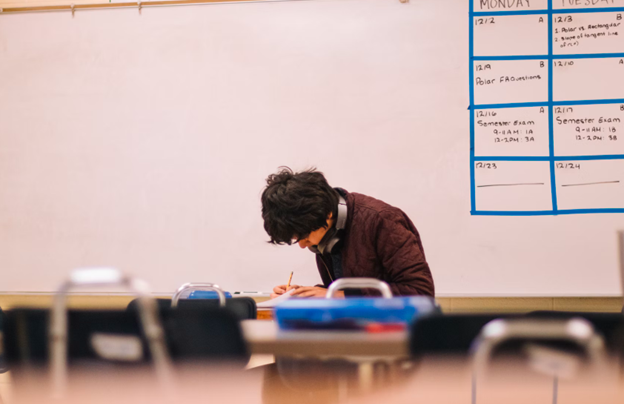Creating a safe environment in schools is essential to ensuring that students, staff, and visitors feel secure and can focus on learning and development without fear. As safety concerns continue to evolve, schools must adopt proactive measures that address both physical security and emotional well-being.
Whether through the installation of secure infrastructure or the development of safety protocols, every element plays a crucial role in fostering a safe school environment.
Below are key strategies to help you create a safe and supportive space for your school community, including the importance of secure doors and school safety accordion doors.
Implement a Comprehensive Security Plan
A comprehensive security plan is the foundation of a safe school environment. This plan should involve a thorough assessment of potential risks, emergency response strategies, and ongoing training for staff and students.
Security plans should also include procedures for monitoring and controlling access to the school, ensuring that only authorized individuals are allowed on campus.
Secure Entry Points with Reinforced Doors
One of the most effective ways to enhance school security is by installing reinforced, secure doors at all entry points. These doors act as a first line of defense against unauthorized access, reducing the risk of intruders entering the building.
Strong, durable doors made from steel or reinforced materials should be installed at main entrances, emergency exits, and any areas that require restricted access, such as offices and storage rooms.
For large areas that need flexible security, school safety accordion doors are an excellent solution. These doors can be easily deployed to section off specific parts of the building, such as gyms, auditoriums, or hallways, during emergencies.
Enhance Perimeter Security
Perimeter security is a key component in preventing unauthorized access and safeguarding the school grounds. Schools should install fencing around the property to create clear boundaries and limit entry points. Gates should be locked during school hours and monitored closely to prevent anyone from entering without authorization.
Adding surveillance cameras around the perimeter, entrances, and parking lots provides constant monitoring and helps deter potential intruders. Cameras can also aid in identifying any suspicious activity or behavior before it escalates.
Foster a Positive School Culture
Creating a safe school environment is not only about physical security measures; it also involves fostering a positive and supportive culture within the school. A school that promotes respect, inclusivity, and open communication helps reduce bullying, violence, and other negative behaviors.
Encouraging teachers and staff to build strong relationships with students can help identify potential problems early on.
Regularly Conduct Safety Drills and Training
Safety drills are an essential part of preparing for emergencies and ensuring that students and staff know how to respond quickly and effectively. Schools should regularly conduct a variety of drills, including fire drills, lockdown drills, and active shooter drills.
Staff should receive ongoing training on safety procedures and how to handle different situations, from identifying potential threats to safely managing evacuations. Schools can also collaborate with local emergency responders to conduct realistic drills and review the effectiveness of security measures.
Secure Classrooms and Hallways
In addition to entry points, it is important to secure classrooms and hallways. Classrooms should have lockable doors that can be easily secured from the inside during lockdowns. Many schools are also opting to install security film on windows, making them more resistant to breaking during attempted intrusions.
School safety accordion doors are a valuable addition in hallways or large spaces where traditional doors may not be practical.






